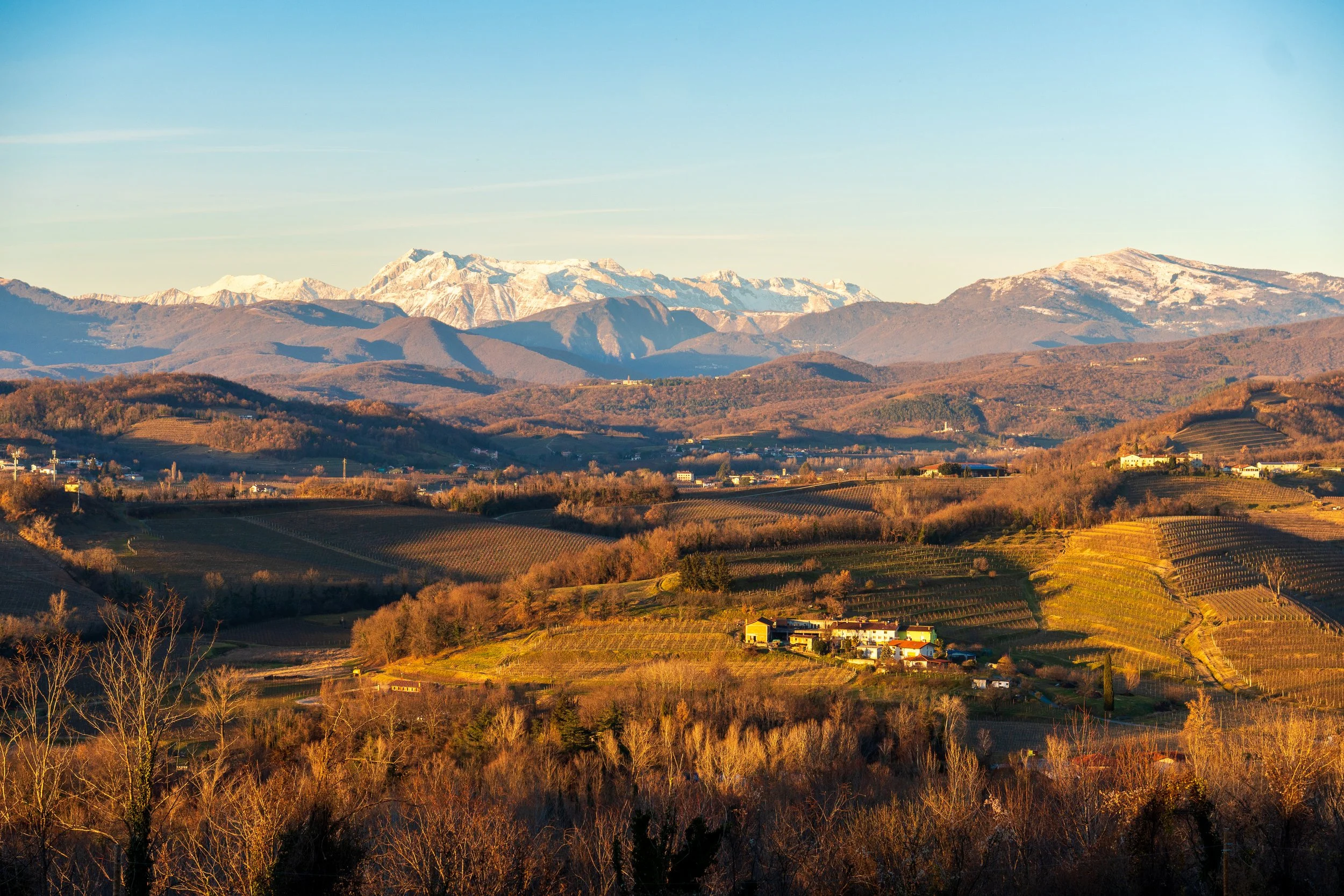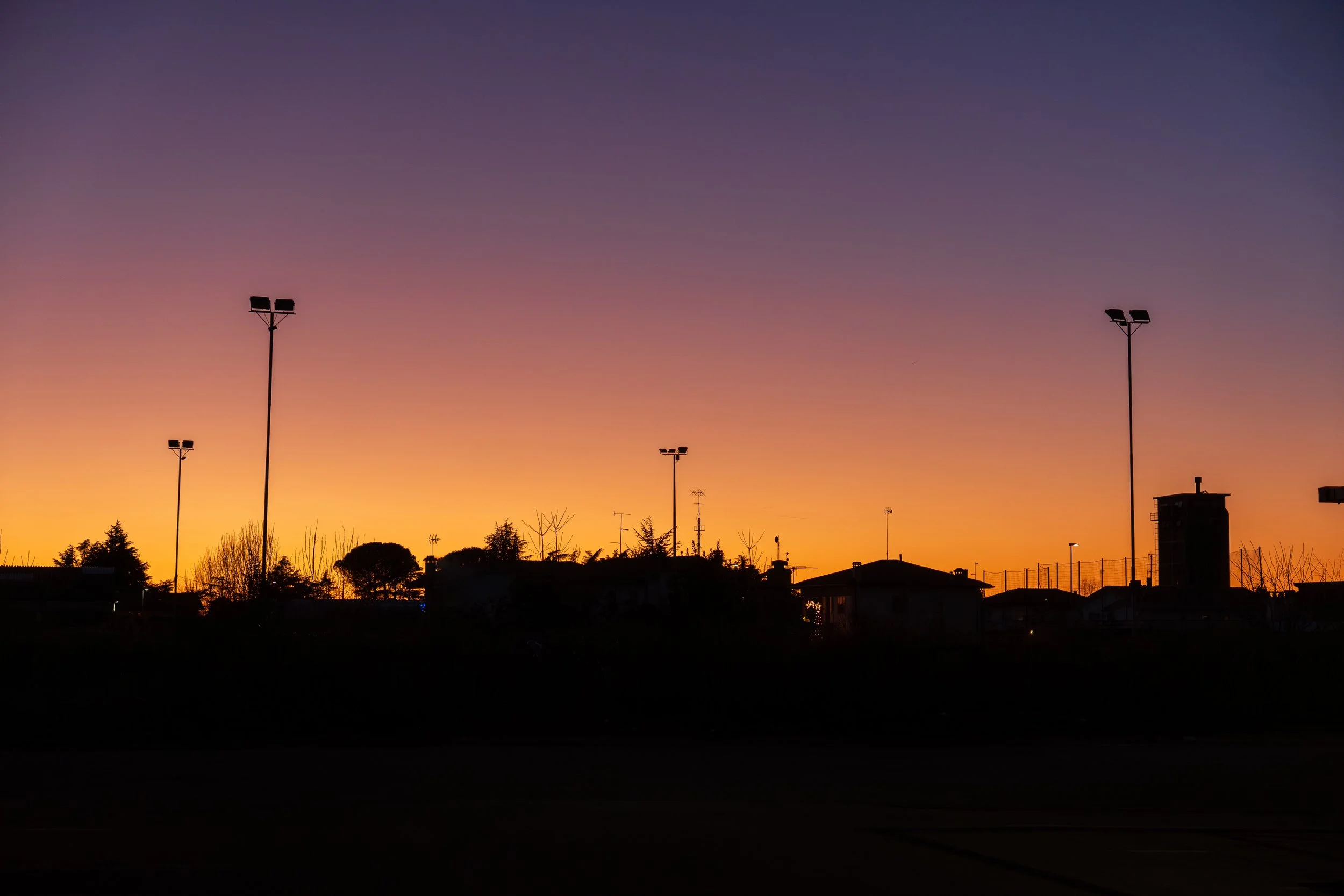Why taking more photos matters
One of the most overlooked ways to get better at photography, especially if you’re just starting out or somewhere in the middle, is simply to take more photos. That doesn’t mean intentional, deliberate practice isn’t important, it is, but shooting a lot and practicing with focus work in different ways, and both are essential for growing as a photographer.
A Lesson from Jerry Uelsmann’s Experiment
Jerry Uelsmann, a professor at the University of Florida, once ran an experiment with his film photography class. He split the students into two groups. The left side of the room became the “quantity” group, their final grade would be based entirely on how many photos they produced, regardless of quality. The right side became the “quality” group, their grade would rest on a single, perfect image.
By the end of the term he was surprised to find out that every one of the best photographs came from the quantity group. How? Because they weren’t obsessing over perfection, they spent the semester shooting constantly, not afraid to trying new things, testing compositions, and learning from their mistakes. The quality group, on the other hand, spent most of their time theorizing about how to make the perfect image and far less time actually taking pictures.
Shooting more doesn't mean shooting mindlessly
Does this mean that simply shooting more mindless photos will make you a better photographer? Obviously not. You still need to pay close attention to composition, subject selection, color, and light. What shooting more will do is give you the freedom to explore and experiment, gain experience, understand what works and what doesn’t, familiarize yourself with your camera and expose yourself to new situations.
Photography is a cumulative game
Shooting a lot isn’t just about quantity, it’s about learning through experience because at the end of the day every experience counts, especially failures.
For example, on a recent hike with some friends, I was committed to capture the mood of the day. The most interesting parts of the hike were some narrow passage into dark canyons. I started shooting and realized too late the auto ISO was capped at 1600. Most of my pictures ended up blurry. It was demoralizing coming home and seeing the blurry photos but after overcoming the initial disappointmet this was a useful reminder of being careful about the camera settings.
If you never start it will simply be impossible to improve.
Always carry a camera with you
What's the easiest way of shooting more? Well, it turns out is difficult to shoot if you don't have a camera with you. It is true that you should alway be on the lookout for any photo opportunity at any time, even when you don't have a camera with you. In fact one of the set of images I enjoyed shooting the mos happened exactly this way, but that's a story for another time.
This means that the more often you carry the camera with you, the more likely you are to take photos, especially the unplanned ones.
Of course, nobody wants to lug around heavy gear just in case something interesting pops up. Some might say a smartphone is the answer but I personally disagree with that approach. This is were compact cameras like the Ricoh GR series come into play. They are light, pocketable, offer excellent image quality, and you can almost forget you’re carrying one.
Embrace the Habit of Shooting More
Improving your photography isn’t about waiting for the perfect moment or obsessing over a single shot. It’s about making a habit of shooting often — experimenting, learning from mistakes, and gaining real experience with your camera. The more photos you take, the more you’ll discover your own style, understand your tools, and sharpen your eye.
So, carry your camera whenever you can, don’t be afraid to try new things, and remember that every click, even the imperfect ones, is a step forward. Photography is a journey, and the best way to grow is simply to keep shooting.




